By David Michlovitz
Practically all students of military history know of George Armstrong Custer the cavalry officer, Civil War hero, and dashing, controversial Indian fighter ultimately killed at the Battle of the Little Big Horn in 1876. But how many know this Custer, Thomas Custer, younger brother of General George Armstrong Custer?
“If you want to know what I think of him, all I can say, Tom ought to have been the general and I the captain.” So spoke George Custer of his little brother Tom, who was to have a life and military record every bit as glamorous and adventuresome, and certainly wilder, than his more famous brother had.
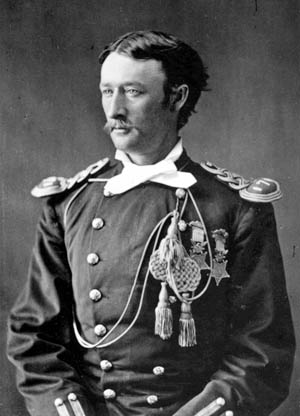
Thomas Custer was born in New Rumley, Ohio, on March 15, 1845, the third child of Emanuel and Maria Custer. Unlike his older sibling, the young Custer was better prepared for the life of farming than the art of war. But that was soon to change as the older brother went off to West Point in 1857. Tom tried to enlist in the army when the war began, but was initially rejected for being too young. In late 1861, however, at the age of 16, and with his parents’ consent, Tom joined the 21st Volunteer Ohio Infantry as a private.
A contemporary described him as “a blue-eyed, flaxen-haired beanpole” who “played a mean Jew’s Harp and sowed wild oats with camp followers.” Unlike his older brother, who did not drink liquor, Tom was known to take mighty draughts from a jug when out of sight of officers. These early traits tailed Tom all of his 31 years. (Read all about these and other characters that shaped military history inside the pages of Military Heritage magazine.)
The Older Brother Demanded Much Of Tom
Tom soon came to the attention of his superiors, and following a letter of recommendation from his brother, was selected as an aide to General James Scott Negley. While serving in the West, Tom fought in the battles of Chickamauga, Jonesboro, and Missionary Ridge, where he was in the escort for U.S. Grant. When his enlistment was up in January 1864, Tom signed on for another hitch, and was in General William T. Sherman’s command from Chattanooga to Atlanta.
The elder brother was taking note of the new corporal. In late 1864, General Custer obtained for Tom a commission as a second lieutenant in the 6th Michigan Cavalry, a part of George’s brigade. Because he was appointed to serve on staff duty, Tom spent very little time with the unit itself.
While this staff duty might seem an easy touch, it never proved to be so for Tom. The general expected more of Tom than of others, and he was invariably chosen for the hardest and dirtiest work. As one staff officer later recalled, “If anyone thinks it is a soft thing to be a Commanding General’s brother, he misses his guess.” Even Libbie Custer, the general’s wife, found George unmoving in her pleas for easier treatment of Tom. Yet they remained close brothers. Whenever Tom came into a room to report, he was received in a formal manner, but the minute official business was concluded, the two fell into scuffling and wrestling as they had as boys on the Ohio farm.
Staff duty might be pleasant and nice for impressing young ladies, of which Tom was very fond, but it certainly did not appeal to the adventuresome nature of the lad, for at heart he was a boy and would remain one in spirit all his years. Imitating the exploits of his brother, who had also served on staff duty, he soon began to look for chances to get into active fighting, and rarely missed an opportunity.
The war was rapidly drawing to a close, and the time for glory was fleeting. The capture of an enemy battle standard was a high and singular honor in the Civil War, roughly equivalent to the single-handed capture of a foe’s machine-gun emplacement the 1900s. Flags were held in the highest possible regard and were fiercely guarded on the field of battle—to obtain one meant getting into the very heart of the enemy’s position. In 1862, the young George Custer had captured the first Confederate flag taken by Union forces in the war. Tom, as always, wanted badly to emulate his brother.
Thomas Custer Becomes a Medal of Honor Recipient
During the battle of Namozine Church, Va., on April 2, 1865, Tom was able to snare a flag from the enemy. For this feat he was awarded the Congressional Medal of Honor. Just a few days after this exploit, on April 6, in a charge against General Richard Ewell’s Corps, Tom captured his second battle flag at Saylor’s Creek, Va.
This second incident was described in the report of General Charles E. Capeheart, commanding the 3rd Brigade of the 3rd Division: “Having crossed the line of temporary works on the flank of the road, we were encountered by a supporting battle line. It was the second time he [Tom] wrestled the colors. He received a shot in the face which knocked him back on his horse, but in a moment was soon upright in the saddle. Reaching out his right arm, he grasped the flag while the color bearer reeled. The bullet from Tom’s revolver must have pierced him in the region of the heart. Captain Custer wretched the standard from his grasp and bore it away in triumph.”
As he returned from within the enemy’s lines to his brother and showed him the newly captured banner, Tom immediately turned to fight for yet another flag. But alarmed at the flow of blood on Tom’s face, General Custer ordered him to have the wound dressed. Tom showed signs of disobedience, and the general placed him in arrest. Tom was forced to have his face attended to. The wound proved only a slight one, but it left a scar for the rest of his life.
Tom had put on quite a show. Major Franham Lyon stated he was lucky to escape with his life. General Whittaker, who also witnessed the action, said, “On that day Tom fought like a lion.” For this deed, he was awarded his second Medal of Honor.
Tom rose to the rank of Brevet Lt. Col. during the war, and chose to stay in the service after the Confederate surrender. In 1866, he was appointed a second lieutenant in the newly formed 7th Cavalry. His brother was the regiment’s lieutenant colonel and, in all but name, the actual field commander. Tom’s postwar army career entailed a great change from being an aide-de-camp of a commander of a corps of tens of thousands of soldiers to a second-in-rank company commander. Still, more and more duties were placed in Tom’s hands as his brother gave him added responsibilities.
Tom saw action on the frontier, particularly during the fight on the Washita in 1868, when the 7th Cavalry attacked the Indians camped there.
While on frontier duty, Tom relaxed in the same manner as he fought—with all his vigor. Like most officers he was an avid sportsman and soon became a superb buffalo and antelope hunter. But his quest for game had its odd side. Tom would soon become known as the best rattlesnake hunter in the regiment.
On the prairie, Tom was constantly on the hunt for these reptiles, and as soon as one was spotted he would spur his horse until just upon the snake. At that moment, his company sergeant would dismount and pin the snake’s head with a rifle butt. If the critter had at least seven rattles, Tom would take it and place it in a bag carried along for the occasion. Often the rattlers were kept as pets, to the consternation of Libbie, who was often the victim of one or both brothers bringing snakes into her presence.
Tom’s exotic taste in pets was not limited to slithering creatures. Among other critters, he kept a pet wolf he had raised from a pup. He also had a number of dogs, though not the 40-some his brother kept on hand. One hound, Brandy, was especially docile toward Tom but very vicious toward others, often engaging the older brother’s dog Turk in heated battle.
On one occasion, Lieutenant Algernon Smith (who would be killed at the Little Big Horn just a few yards from Tom) came into the camp of the 7th. Because Smith had no tent yet, Tom, as Officer of the Day, told Smith to use his tent until things could be arranged for him. Tom pointed out his tent, telling Smith to help himself to anything he wanted. Tom “forgot” to volunteer what was lying in wait.
Although a brave and decorated officer in the late war, the newly arrived Smith did not feel entirely at ease as he approached the tent. The wolf, complete with vicious eyes and snarling teeth, was chained and beating a path outside the entrance. Once past this barrier and inside the tent where he sat on the cot, the new officer was greeted by even more growls from under the bed. This was Brandy, who was stationed under the cot. When the animal set up loud and threatening noises with his teeth “lavishly exhibited,” the snakes kept in a nearby box commenced a new and possibly more threatening racket with their rattling. Tom soon realized his “mistake” and hurried to the tent; Smith had been initiated into the “hospitality” of the 7th.
Tom’s off-duty exploits were also of a different nature. With Lt. William Winer Cooke, Tom sowed wild oats whenever in civilization. Both were noted ladies’ men and were often on leave together in their dress uniforms impressing the fair sex, often not in a positive manner.
Tom also had his wild side, especially when drinking, a habit both his brother and Libbie had only small and very temporary success in breaking. This pleasure often got him into trouble of one sort or the other, and he would be placed in arrest by his brother, who did not partake. Libbie spent much time trying to tame Tom, with mixed success. Tom was still a youth and a bachelor.
While in Kansas, “Wild Bill” Hickok served as a scout for General Custer and was highly thought of by the general and his wife. But Tom and Wild Bill were another matter; the two managed to get along as well as two cats hung by their tails on a clothesline. The year 1868 saw them in conflict.
Whether it was an immediate personality conflict, or the town was simply not big enough for the two, it didn’t take long for trouble to develop in Hays City, Kansas. Apparently none of the principals ever mentioned what occurred between Tom and Hickok. Others greatly expanded upon known facts.
What is known is that Hickok was serving as town marshal just outside Fort Hays. Bill had succeeded in taming ordinary soldiers who had been terrors in the town when the army payroll arrived once a month. But for some of the free spirits among the young officers, it was a different matter. These men were used to having their own way and Tom Custer was their spiritual leader. They didn’t feel the marshal would arrest them.
Tom and his friends had caused some problems. Trying diplomacy, Hickok sent word to Tom that instances of “breaking the law” must cease. The officers returned the next night to shoot out every window of a saloon to show how they felt about Hickok’s injunction.
The marshal told the town officials that he hated to arrest Tom, but enough was enough, and the politicians agreed. Soon Tom came into town again, got drunk, and shot out a window or two. He then rode his horse into the billiard parlor. As he was trying to prod his horse to leap onto a pool table, Hickok entered and ordered Tom out. Instead, the lieutenant made another attempt with his steed. Wild Bill grabbed the horse’s bridle, and, according to some stories, shot the animal dead.
Some “eyewitnesses” say a royal donnybrook broke out between the two men; others that handcuffs were slipped on Tom. Whatever happened, Tom was hauled before the town judge, fined $100, and sent back to the fort. That was the last trouble between the two.
In late 1875, Tom was promoted to captain and took charge of Company C. On May 17, 1876, the regiment left Fort Lincoln on its march to the Little Big Horn. Tom was on his brother’s staff for the campaign. Even on the march the practical joker emerged. Both he and George would tease their younger brother, Boston. “Bos,” basically an Easterner, was occasionally naive. Once Tom managed to convince him that some stones were “sponge rocks,” and the youngest of the brothers spent time gathering and watching these specimens in a pail he had filled with water, waiting for them to sop up the liquid.
Another day on the march, while still in present-day North Dakota, the three rode ahead of the command, where there was no certainty of being safe from Indians. The two elder men sped away from Bos, who had been assigned a mule for the ride, and, once they had gained several knolls in advance and out of sight of their younger brother, fired a few rifle shots over his head as if he were being attacked by hidden warriors. Without pause, Boston lit out for the trailing command until he was overtaken by his faster brothers on horses.
A few days before the fateful day of June 25, 1876, Tom wrote his young niece of his desire to end the campaign and the fun they could expect to have that winter. He would never see her again.
The Brothers’ Final Stand
That Sunday, on a hill above the Little Big Horn River in Montana, Tom joined his friends and relatives in the final struggle of their young lives. As the fight progressed, Tom was near the lieutenant colonel’s side atop Last Stand Hill and a small command site of 10 men. Their final actions and moments are an unsolvable mystery.
As warriors approached the final knot of men atop the hill, a few soldiers not wounded or dead kept fighting. Earlier in the day, George had taken off his buckskin coat, which was also Tom’s dress of that day. One Indian version of the final moments tells of a wounded officer in buckskin near the top of the knoll who rose to his knees and tried to fire a final shot from his pistol, but could not get it off and was immediately killed.
After the battle, the Indians, as was their custom, mutilated the soldiers’ bodies. This disfigurement was especially brutal for those soldiers who had fought the longest and hardest. Knowing Tom’s character and the fact that he had likely witnessed the death of his two brothers and a teenage nephew (Harry A. Reed), it is easy to speculate that at the end Tom fought like a demon possessed.
When the soldiers of General Alfred Terry’s command found Tom’s remains a few days later, his head had been beaten to a pulp less than an inch thick and the rest of the body mutilated. He was recognized by a brother officer only by the tattoo “T.W.C.” and an eagle on one of his arms.
Tom’s body was buried in the same grave as his older brother until a reburial party arrived the next year. Then his remains were retrieved and reburied at Fort Leavenworth, Kansas. At that place a military marker stands over his grave, simple except for the gold trim used only for those who have won the Medal of Honor.
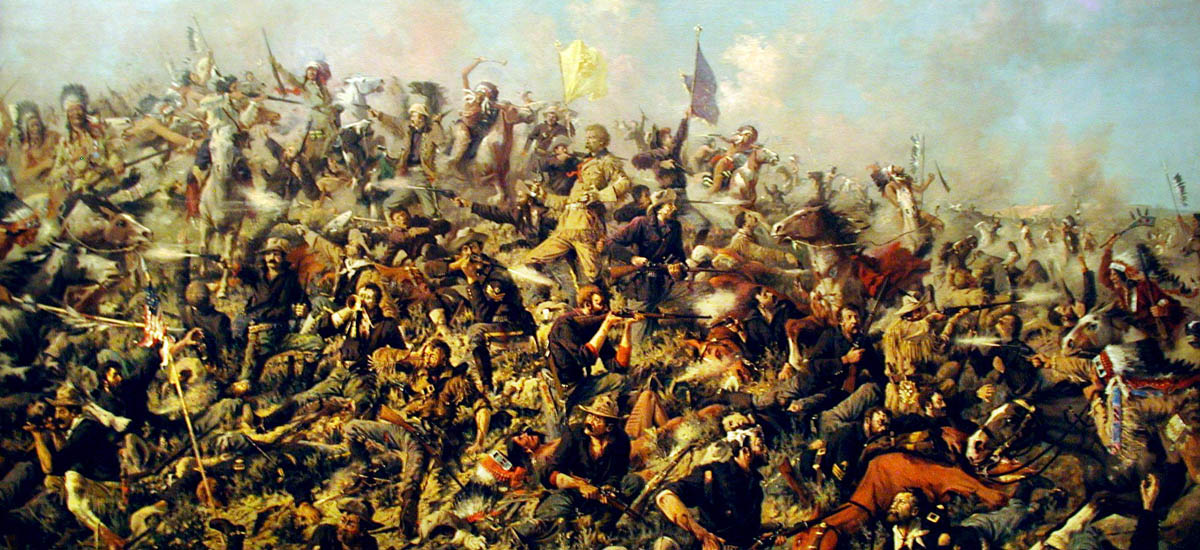

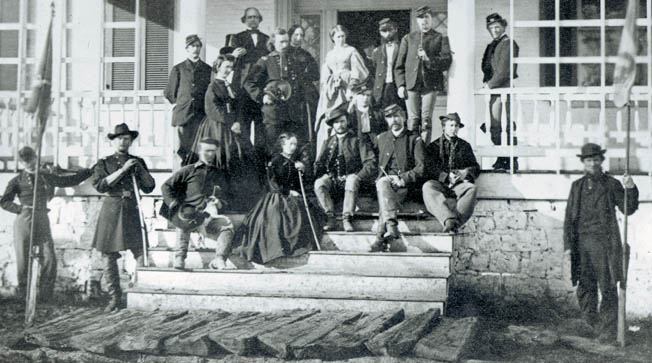
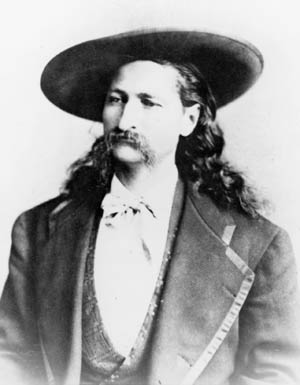
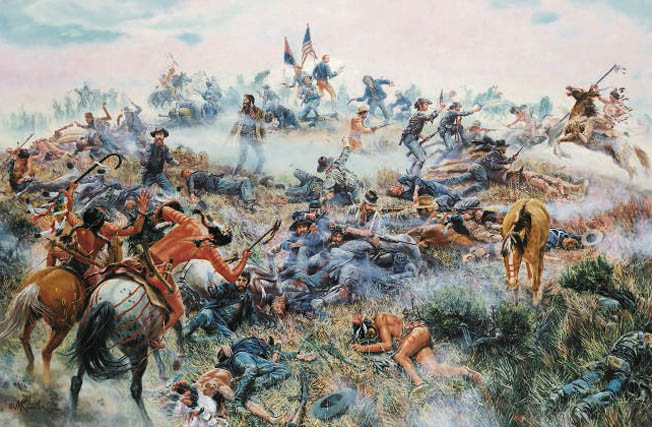
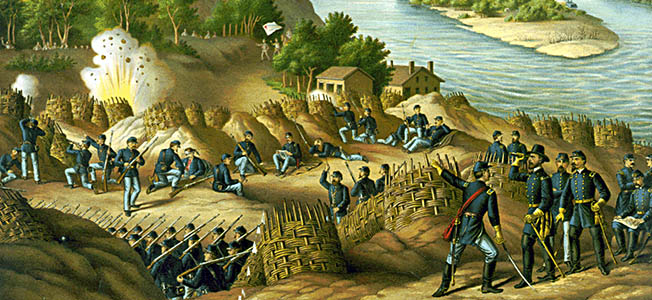

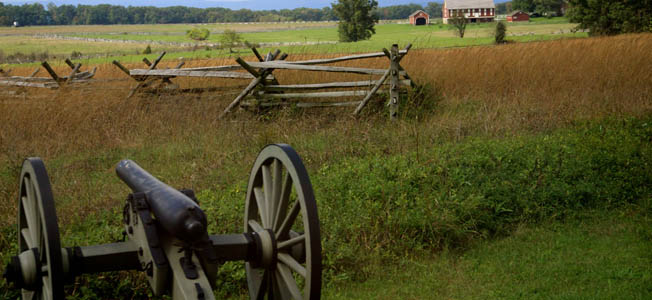
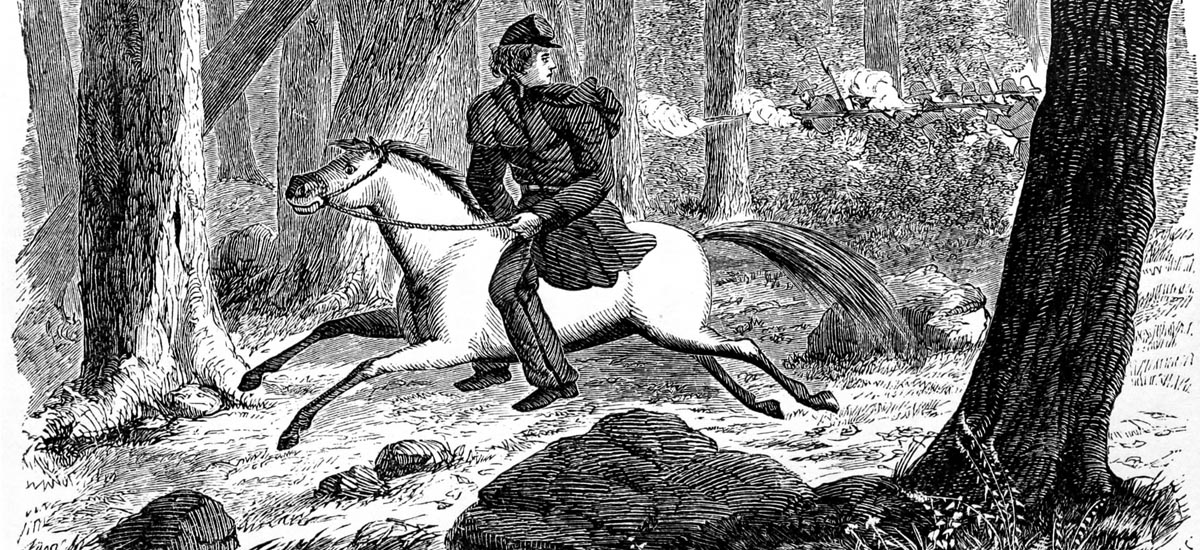
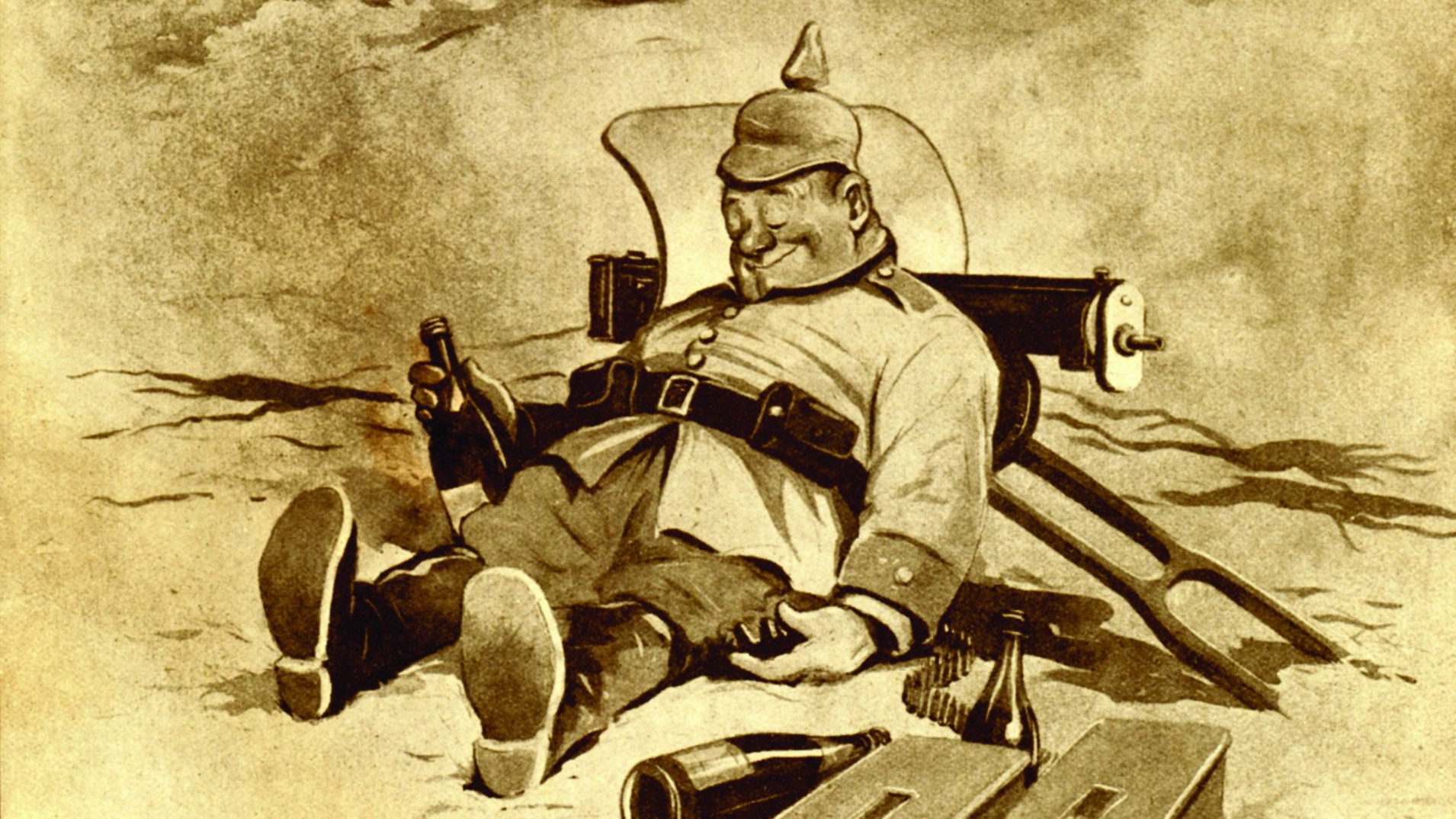
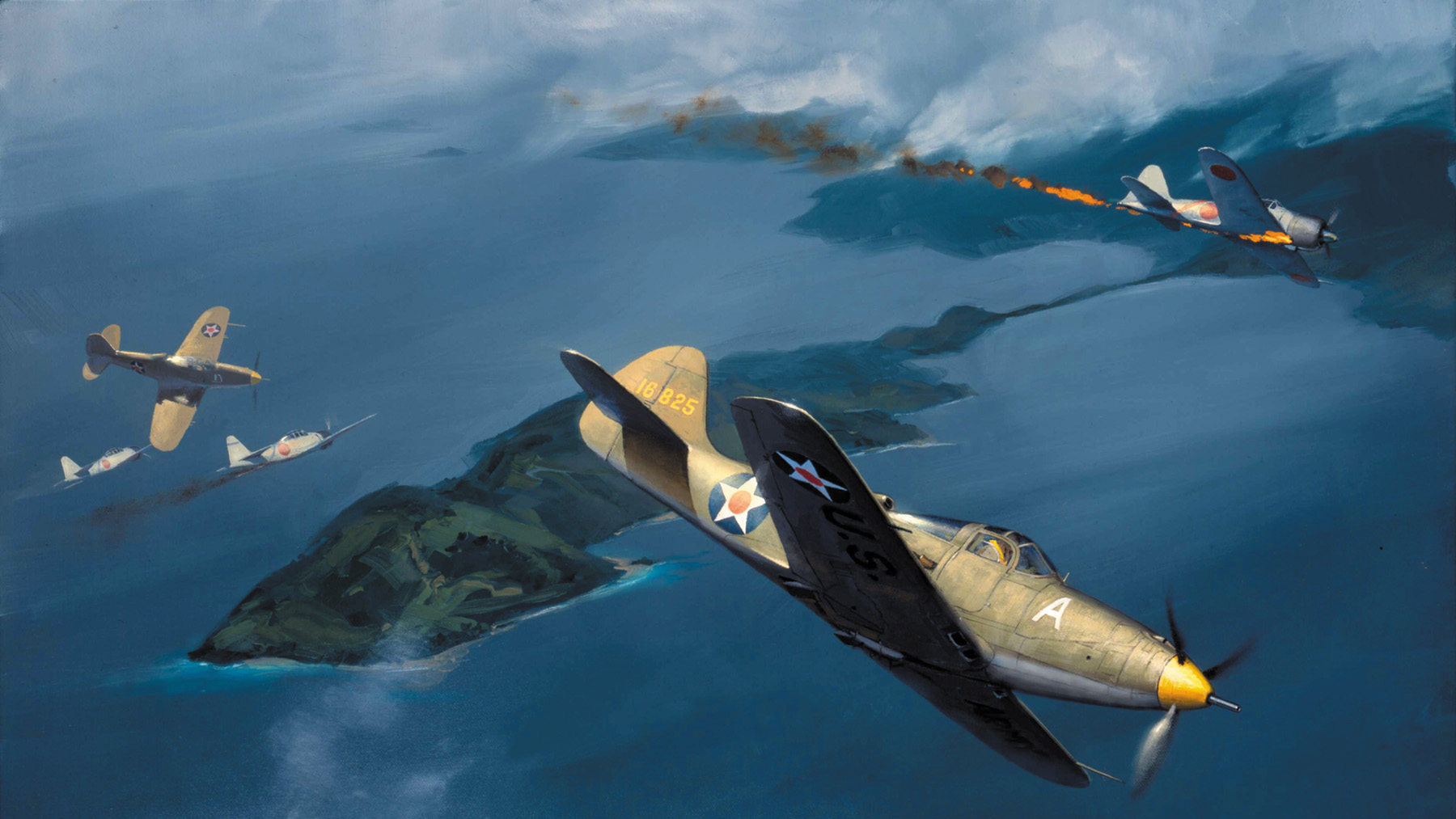
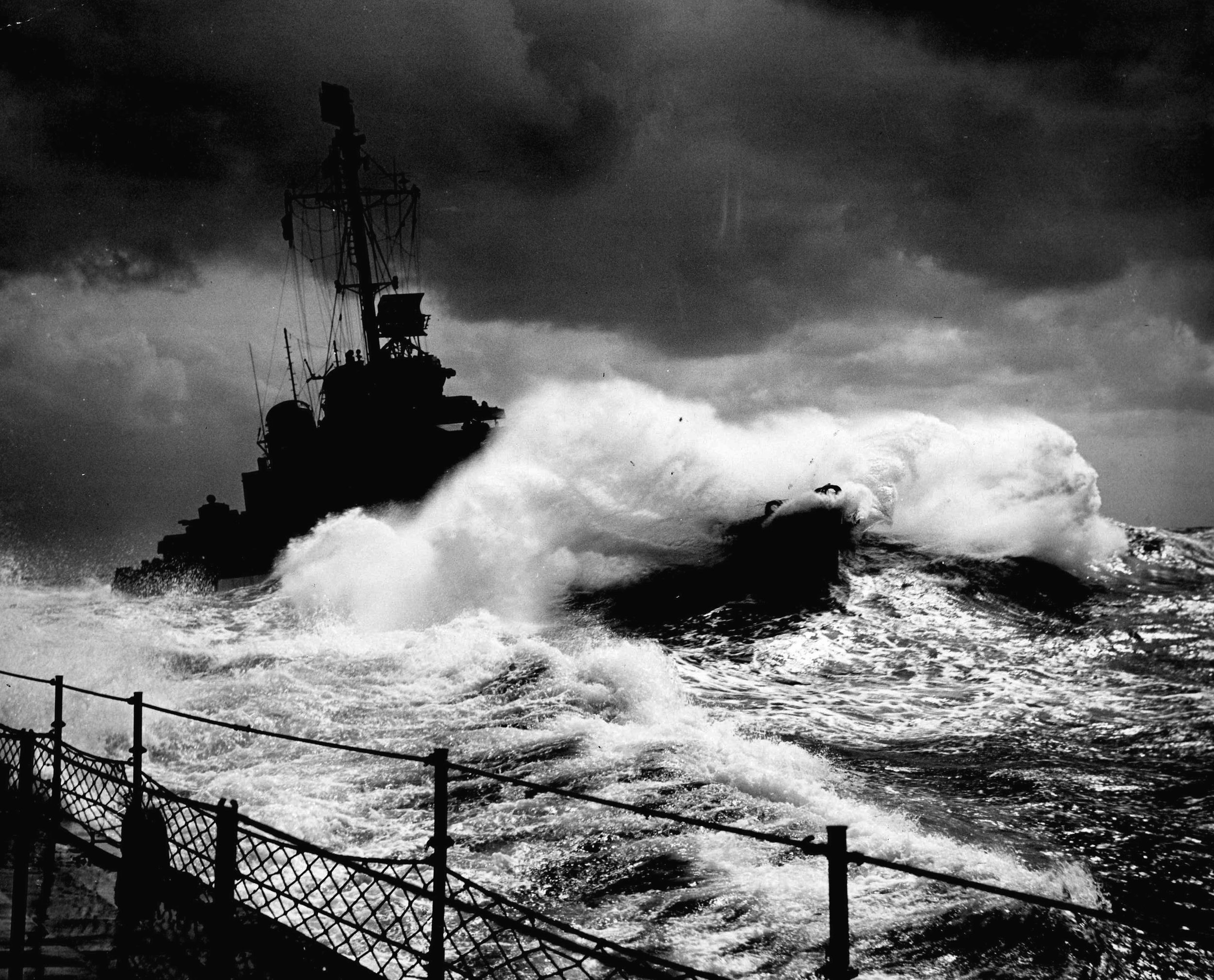
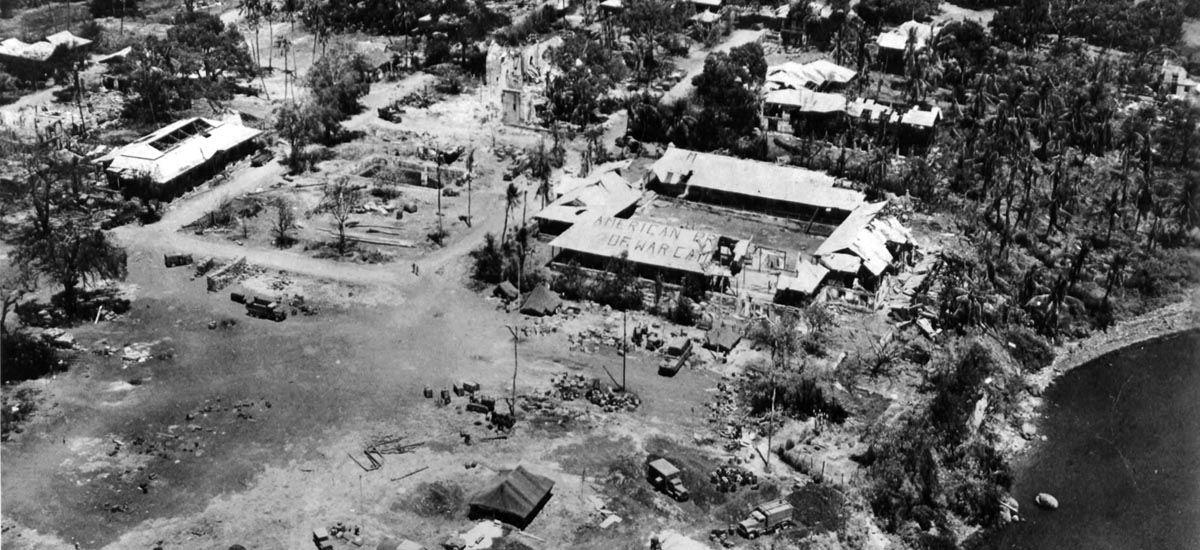
I see this story makes reference to General George Custer receiving the Medal of Honor. However this is not a true statement. He was reported to have been quite envious if Thomas’ 2 awards, but never achieved this honor. Slight correction needed here.
Legend has it that the young (19 years old) Crow scout, Curley, had become good friends with Captain Tom Custer. Curley was only one of 6 Crow scouts to remain with the soldiers as the other 5 were off a distance to serve as message runners. Before Custer’s 5 companies were surrounded, Tom Custer gave his binoculars to Curley and told him to save himself and run away. Curley escaped, but halted after a half mile (or more) run and looked back with the binoculars to see the men on Last Stand Hill being killed. Curley then rode to the riverboat steamer named the Yellowstone to report the battle and total loss of men with George A. Custer (5 companies). along with Captain Tom Custer. This information comes from both the internet and family stories.